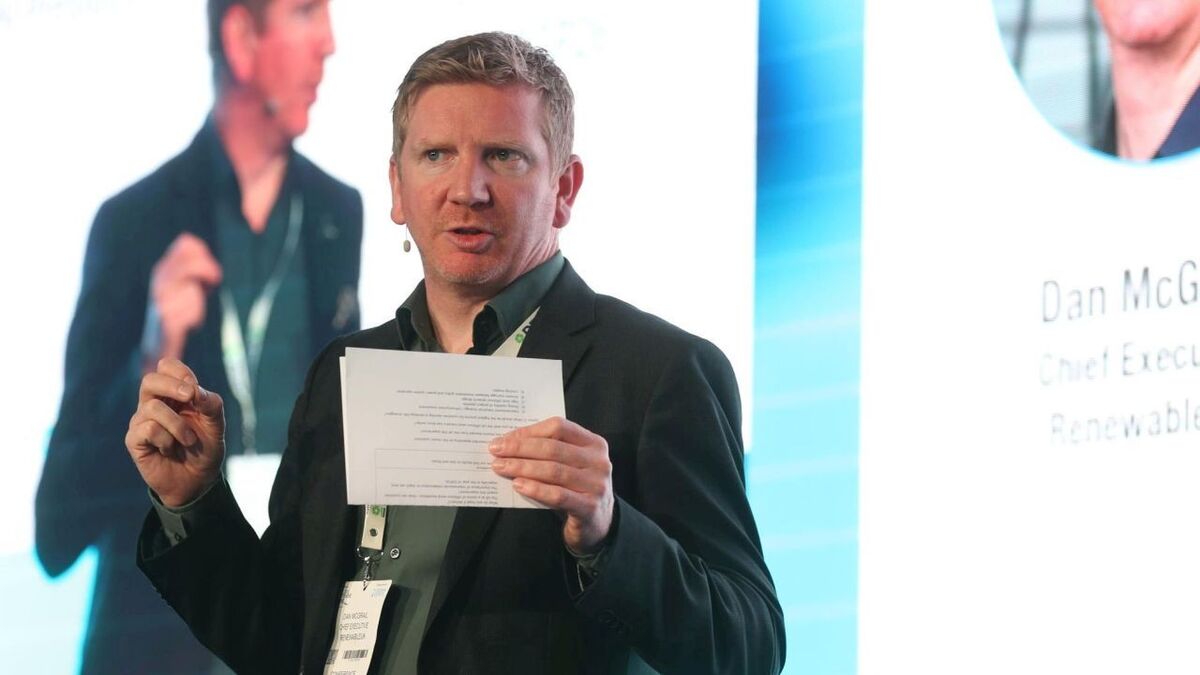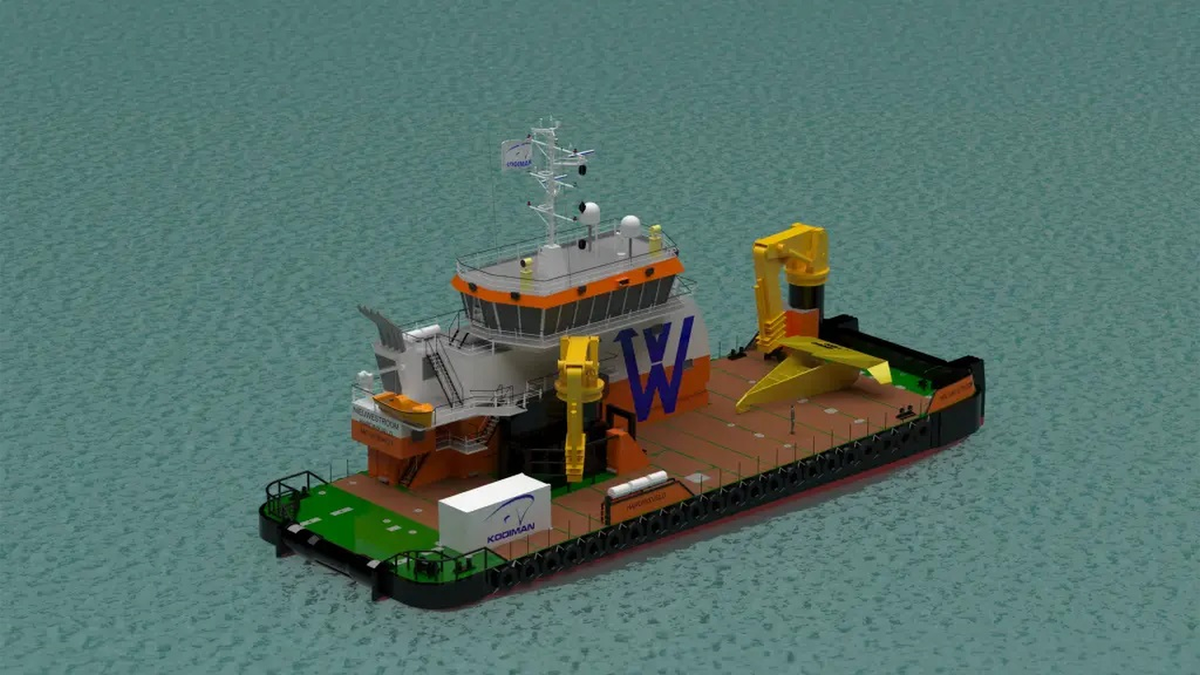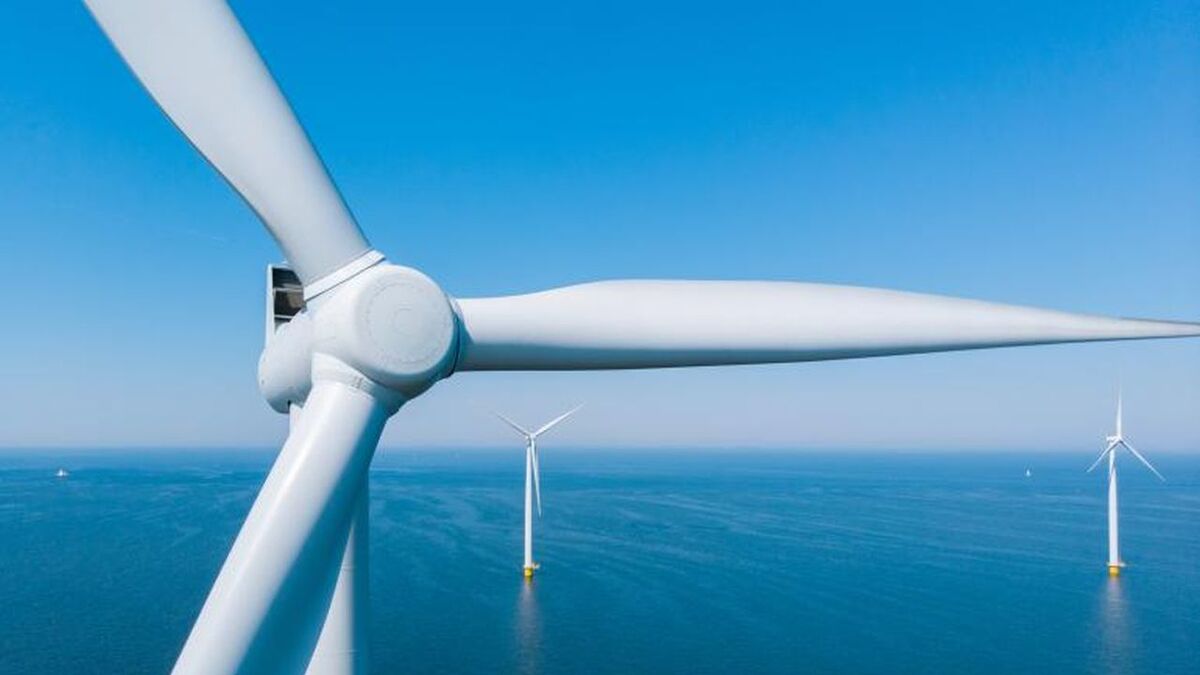Business Sectors
Contents
Register to read more articles.
‘An opportunity missed’ – budget ‘doesn’t do enough for offshore wind’
The budget set for the UK’s next auction round for renewable energy, Allocation Round 6 (AR6), announced on 6 March 2024 in the government’s Spring Budget, has met with a mixed reaction and will not fund all of the offshore wind capacity that could be awarded a CfD
Commenting on the announcement that more than £1.0Bn (US$1.3Bn) of funding will be available for this year’s auction and that £800M of this will be available for new offshore windfarms, RenewableUK chief executive Dan McGrail said, “Although we welcome this budget increase, as it recognises that global economic conditions have changed, the Treasury has missed the opportunity to maximise the amount of offshore wind capacity which the UK could have secured in this year’s auction for new clean energy projects.
“We have more than 10 GW of capacity eligible to bid in this summer. Building this is essential if we’re to make up lost ground from last year’s auction and create the substantial pipeline required to accelerate supply chain investment and growth in the UK. This funding will only secure 3 to 5 GW.
“This means a delay in attracting billions of pounds in private investment which we could have secured in this year’s auction to build and operate these projects, and opportunities to grow our supply chain to provide goods and services for projects here and abroad will not be maximised.”
RenewableUK’s latest EnergyPulse Insights Offshore Wind report shows that 14 offshore windfarms are currently eligible to bid into the auction (AR6) for contracts for difference, totalling nearly 10.3 GW of new capacity.
Mr McGrail added, “Offshore wind is one of the UK’s cheapest sources of new power and is vital in boosting our energy security and independence from expensive imported gas.
“That is why we’re urging Ministers to be more ambitious in revising this year’s auction budget upwards if new projects are consented in time, and to aim high in future annual auction rounds. This would enable them to get closer to their own target of 50 GW of offshore wind by 2030 – over three times our current capacity. At the current pace, this target looks unachievable.
“This is crucial at a time of intense competition in the international offshore wind market, in which the UK is a global leader, although many other countries are taking bold steps to try to steal our crown by offering attractive incentives to build projects elsewhere.”
Aurora Energy Research senior associate power and renewables Ashutosh Padelkar said, “The Spring Budget puts the government’s ambition of delivering 50 GW of offshore wind by 2030 increasingly out of reach. More than 18 GW of offshore wind capacity would need to be procured in AR7.
“Even with a budget of more than £1Bn and £800M for offshore wind, AR6 will procure between 3 GW and 6 GW of offshore wind, assuming strike prices between £73 per MWh and £50/MWh.
“If Berwick Bank secures planning consent before the allocation round, around 14 GW of offshore wind capacity could be eligible but less than half of this will secure contracts.
“The primary reason why AR6 will fail to secure significant amounts of offshore wind capacity is that despite industry feedback, the government has reduced the reference price for the final delivery year from £27.79/MWh in AR5 to £24.13/MWh.”
Scottish Renewables chief executive Claire Mack said the funding allocated to offshore wind “is not fully aligned with the increase in deployment required to meet the UK government’s stated ambition of deploying 50 GW of offshore wind by 2030.
“Industry was seeking a budget and framework that would repair the damage to the UK pipeline from last year’s empty offshore auction. We continue to urge ministers to work with industry in the months ahead to ensure this is delivered so the AR6 budget matches the enormous economic potential of all renewable energy technologies.
“Meanwhile, we are pleased the UK government has committed to invest around £400M in the offshore wind supply chain and electricity networks through GIGA and look forward to working closely with the government to determine how this funding can be best utilised in the years ahead.”
ScottishPower chief executive Keith Anderson said, “After the failure of last year’s auction to attract any bids for new offshore projects, today’s announcement is an important test of the government’s resolve to get back on track with its own green energy targets.
“The government has taken a major step in the right direction today by quadrupling the available budget, a clear statement of intent in ramping up the ambition to bring cheaper, greener energy onto the system quickly.
“I expect the auction to be hugely competitive. Given the scale of the available pipeline, there is always the opportunity to go further, and so we would encourage the government to revisit the budget in the light of developments.”
In comments on social media, RenewableUK executive director policy and engagement Ana Musat said, “There is still some scope to make AR6 go further. A budget revision needs to happen over the summer to ensure any new capacity that may become available is accounted for. A few GW of offshore wind could still be consented by then, so there is an opportunity to aim for more of the pipeline to clear.
“Different auction mechanics – such as realistic reference prices and load factors – could see most of the pipeline procured with the same budget. However, we might still be looking at 5 GW or more that will simply have to wait for AR7, which will truly need to be a bumper auction.
“In the longer term, we need to consider how best to preserve the benefits of competitive allocation while ensuring we will be able to procure at least 7GW/year from now to 2030, as would be needed to achieve our offshore wind targets. It might be time to consider a hurdle-rate model.”
Sign up for Riviera’s series of technical and operational webinars and conferences:
- Register to attend by visiting our events page.
- Watch recordings from all of our webinars in the webinar library.
Related to this Story
Events
Reefer container market outlook: Trade disruption, demand shifts & the role of technology
Asia Maritime & Offshore Webinar Week 2025
Marine Lubricants Webinar Week 2025
CO2 Shipping & Terminals Conference 2025
© 2024 Riviera Maritime Media Ltd.














